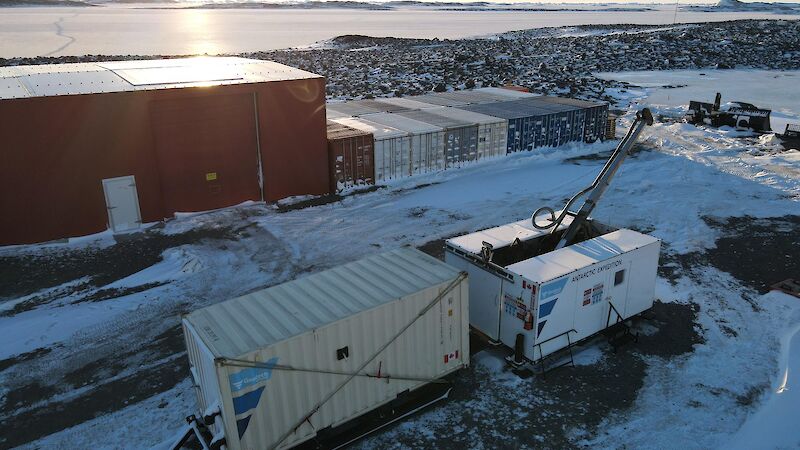A team of three cold climate geotechnical specialists are about to commence winter investigations near Australia's Davis research station in East Antarctica, to gather data on soil, rock and ice in the area proposed for a new aerodrome.
This information will assist in informing the geotechnical and engineering design, delivery and construction methodology of the Davis Aerodrome Project (DAP), subject to approval.

DAP Project Manager, Stuart Gibson, said the site investigation activities will provide clarity around conditions at the proposed runway site and will help inform extensive environmental considerations going forward.
"These investigations, approved under an ATEP permit, will provide the Australian Antarctic Division with data sets never before collected which will help provide the detail necessary to inform our Comprehensive Environmental Evaluation (CEE), which is currently under development.
"The area in the vicinity of Davis research station has been the focus of geotechnical investigations over the past four summer seasons, with these findings contributing to a better understanding of the area to provide greater certainty on ground conditions."
A big challenge for the team is the climate extremes recorded at Davis station, with temperatures falling to −40°C in the winter months between March to September. Additionally from early June to mid-July, the area is in 24-hour darkness, as the sun doesn't rise above the horizon.
"Working in this unique climate requires specialist skills in undertaking these sensitive investigations in harsh polar environments," Mr Gibson said.
"We have engaged an experienced team of geotechnical experts who are specialised in working within these extremely cold, remote and dark conditions."
The work will consist of collecting targeted geotechnical information from boreholes, within key locations across the Vestfold Hills, to a depth of between five and sixty metres. This will assist the project gaining a better understanding of the geological composition, strength and structure of the basement rock.
Site investigations will continue through the current winter season and into the summer, with data samples collected studied both onsite, and returned to Australia for further analysis.






